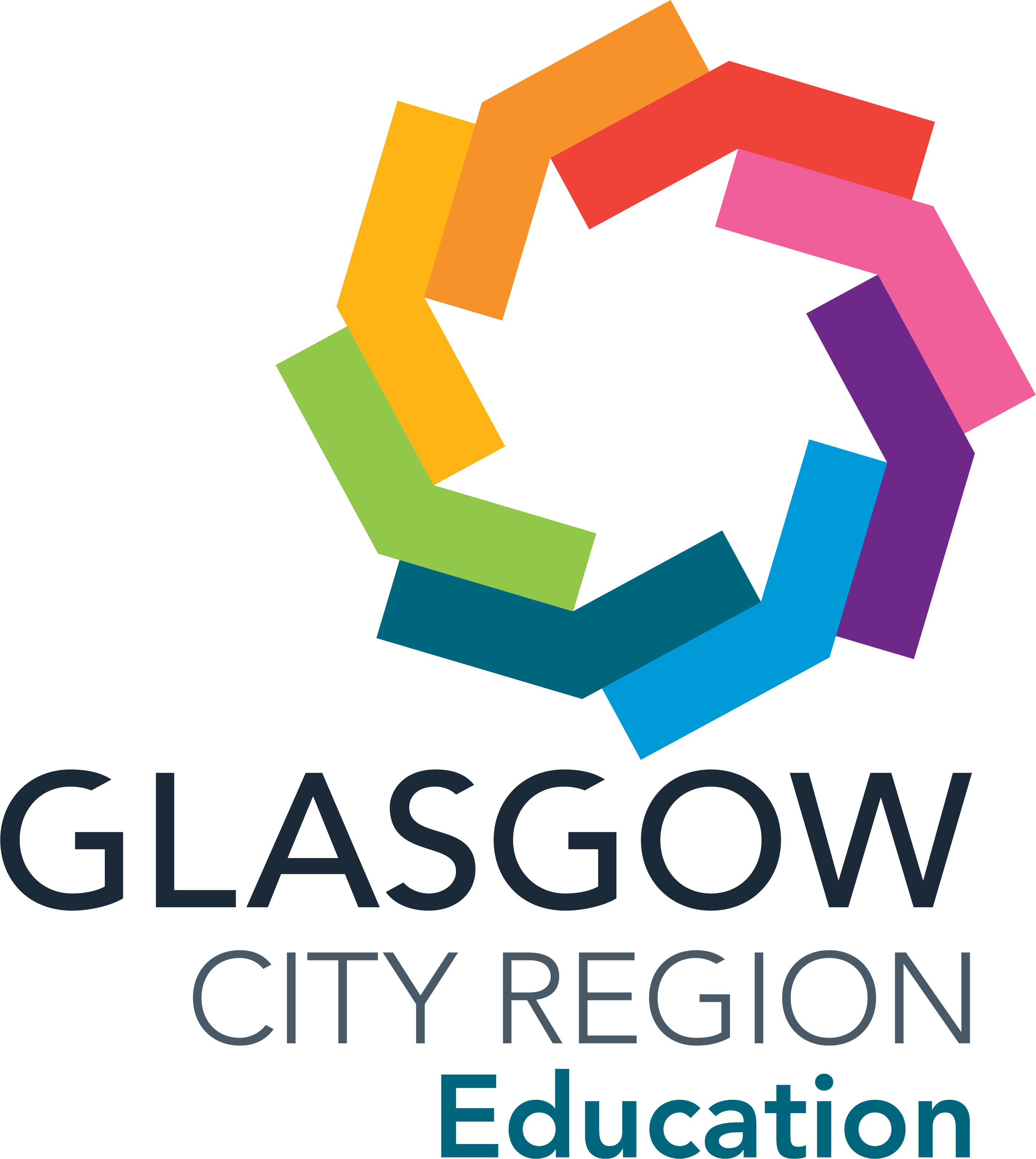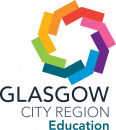Child Development
A young child’s development often involves repetition and cycles of actions and interactions. As a starting point, research with young children supports the view that the following dimensions are among the most important aspects of child development, underpinning not just learning but also essential for survival and flourishing: executive function and self-regulation, communication and language, confidence, creativity and curiosity, movement and coordination, and self and social development. (RtA2020:23)







Brain Development
While genetics provide the initial ‘map’ for development, it is everyday experiences and interactions that shape a child’s brain and will create the foundations for all learning and development later in life.
Play strengthens and increases neural connections in the brain and builds and strengthens the prefrontal cortex of the brain
Realising the Ambition
Anyone who has watched a young human grow from grainy scan images, through infancy into childhood knows there is a lot going on. The physical changes are obvious. Inside, where we cannot see, the changes in brain development are even more striking. Every time a baby, toddler or young child acts on the world, or interacts with another human, billions of connections between brain cells are being formed, tested and refined. We know from early research that early attachment experiences are important for brain development. (RtA 2020:14)
Reflective Questions
How well do you understand brain development and it’s impact on future learning and development?
How well do you understand the links between brain development and the development of executive function and self-regulation?

Begins to be developed as a baby and continues as we grow.
Helps us organise ourselves, plan ahead, move from one task to another and cope with change.
Takes practice and support to develop and adults have a key role in supporting this.
Realising the Ambition
Executive function is sometimes referred to as the brain’s “air traffic control system”. It includes working memory, which is a set of stores for information we are using right now –for example when we hold directions to a new place in our mind until we get there. When we pay attention to something for a while, or switch focus to a new thing, or when we persist with an activity despite distractions all of these draw on executive function. (RtA 2020:23)
Our Brain’s Air Traffic Control (Executive Function) | NSPCC
Reflective Questions
What tools or strategies do you use to support children to move from one thing to another?
How do you support children with the routine of the day and support them during times of change?
Are there opportunities for children to engage in imaginary play, taking on different roles, following their own set of self-defined rules that they have created in relation to how their imaginary play will work?

‘Each individual is unique, and has the power to express himself in his distinctive way… Each person, each child has a particular gift which will become visible if circumstances are right and freedom for expression is given.’
(Liebschner 1992;36)
Realising the Ambition
Self –regulation covers all the skills and processes that help us stay safe and to get through the day. For babies and young children, the necessary abilities, and the brain systems that underlie them, are still developing. They don’t know whether one situation is more serious than another, and their brains may well take the ‘safety first’ approach of assuming it is worse than it is. There is connection here with executive function. Babies and young children can’t attend to much more than one thing at a time. They can switch their attention from a strong feeling of fear to feeling reassured with our support. (RtA 2020:23)
Reflective Questions
How do you provide opportunities for children to talk about their feelings and needs?
What changes to your practice in your situation do you need to make to ensure that children are well supported?

“Thinking and learning are in part developed through talk. Curriculum vocabulary, questioning, using descriptive language, reporting previous experience, planning, predicting future events, reasoning and/or explaining, imagining and instructing all contribute to children’s learning. These ways of using language are established initially through social interaction and conversation with other people and, as children mature, they develop into the skills required for discussion, negotiation, argument and debate.”
(Locke and Beech, 2005)
Realising the Ambition
Communication and language
The importance of communication and language development for all aspects of children’s lives cannot be overstated. Communication underlies our ability to manage behaviour and emotions, by expressing what we need or using language to regulate how we feel. Language is also much more than words. It is understanding and using patterns and cues for interaction, sequencing thoughts and ideas, and making stories that help us understand what is happening, and what is next. (RtA 2020:24)
Reflective Questions
How well does our curriculum planning meet the needs of different groups of children? (HGIOELC)
What approaches are we using to promote children’s developinglanguage and literacy skills?(CIQuality Framework)
Does the setting have a framework to support children’s learning that is informed by national guidance and is appropriate to support individual children’s development and learning focused on active learning through play? (The National Standard for ELC Providers: Principles and Practice)

Creativity is a process which can be found in all areas of learning.
It is closely linked with play, imagination, problem-solving and innovative, creative thinking.
Research suggests that child-initiated play, particularly pretend, collaborative play outdoors is a powerful context for creative thinking
(Robson 2017).
Realising The Ambition
Confidence, Creativity and Curiosity are vital skills for the future!
In the early years, we see creativity happen naturally as children engage, explore and adapt their play. Confidence can be described as a set of beliefs that we can do for ourselves, or as part of a group, that are worth doing. Creativity is about much more than expressive arts. It is the ability to wonder about things, to see them or use them differently. Creativity is crucial with STEM and is essential for language and literacy development. Curiosity , is an innate part of being human. It is the urge to learn and develop. (RtA 2020:24)
Video: Why Creativity Matters
Reflective Questions
How do you use techniques such as sustained shared thinking, wondering aloud and explaining to promote children’s curiosity and creativity?
How do routines promote confidence and independence?
How do you encourage confidence, curiosity and creativity in your setting?

Notice how my movements express my feelings and emotions. In many ways they are my voice.
I need to move my body in lots of different ways in order to develop both my fine and gross motor skills.
I need to have space and time to run, jump, build, crawl, balance, stretch, make. I need to move in and around objects both outside and in.
Access to resources that encourage open-ended experimentation helps develop my fine and gross motor skills.
(RtA 2020:28)
(RtA 2020:24)
Realising the Ambition: Movement and Coordination
We all have a sensory system called the vestibular system which gives us our sense of balance and spacial awareness. It helps us coordinate our large and fine motor movements and maintain our posture. The development of movement and coordination for a child is linked to communication and cognitive development.
For instance, a young child with an developing vestibular system will find it almost impossible to sit still for any length of time or possess the fine motor skills and coordination required for writing before they are ready.
Video: EYFS – Physical development – Gross motor skills
The best way to help babies and young children develop this (vestibular) system is through providing daily opportunities for physical play, especially outdoors. (Realising the Ambition)
Reflective Questions
To what extent do our learning environments support different types of play? (HGIOELC)
What is a quality learning environment? Will your space encourage energetic activities outside? (Out to Play)
How do we know our setting provides a wide range of challenging outdoor play and learning experiences that support health and wellbeing across all spaces for children? (CI Quality Framework)

Children develop their sense of self over time which supports children’s social development.
You may see children begin to play on their own and then begin to move towards play alongside and with others.
This is not linear though and children can choose to go between solitary and social play, even after they have developed the skills and confidence for social play
Realising the Ambition
Realising the Ambition: Self and Social Development
As children develop, they have the dual task of building a secure sense of self, and of discovering how to be with others and do things collectively. This is not easy, and it does not happen quickly. We can see development happening most clearly in children’s play. Very young babies might seem mostly to be in their own world, but gradually through the first few weeks and months they begin to interact more obviously with their caregivers, exchanging smiles and expressions. Toddlers will play with us, and often they will play “alongside” each other in what is sometimes called parallel play. As children develop, they become more and more social, eventually taking part in long play sequences with different roles and shared understandings of rules. Once again, different aspects of development are interlinked. Babies take a while to work out how to smile, not because they don’t want to, but because the muscle movements are complicated. Co-operative play requires executive function and self-regulation. (RtA 2020:25)
How effective are our processes to track children’s development, progress and achievements?
How well do we use observation to observe children's social interactions throughout the course of the day?
Do we have a variety of interactions, experiences and spaces that allow for solitary and social play?
The content of this website is based on the information from the Realising the Ambition: Being Me (2020). Realising the Ambition (RtA) is the national practice guidance for Early Years (0-8) in Scotland This website also uses images from Realising the Ambition. RtA can be found on the Education Scotland Website here: Realising the Ambition | Resources | National Improvement Hub (education.gov.scot)



